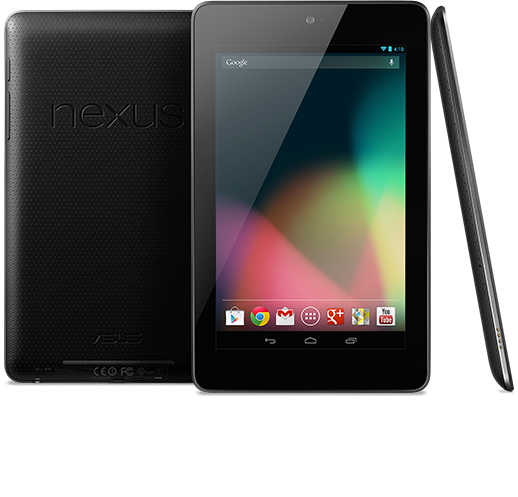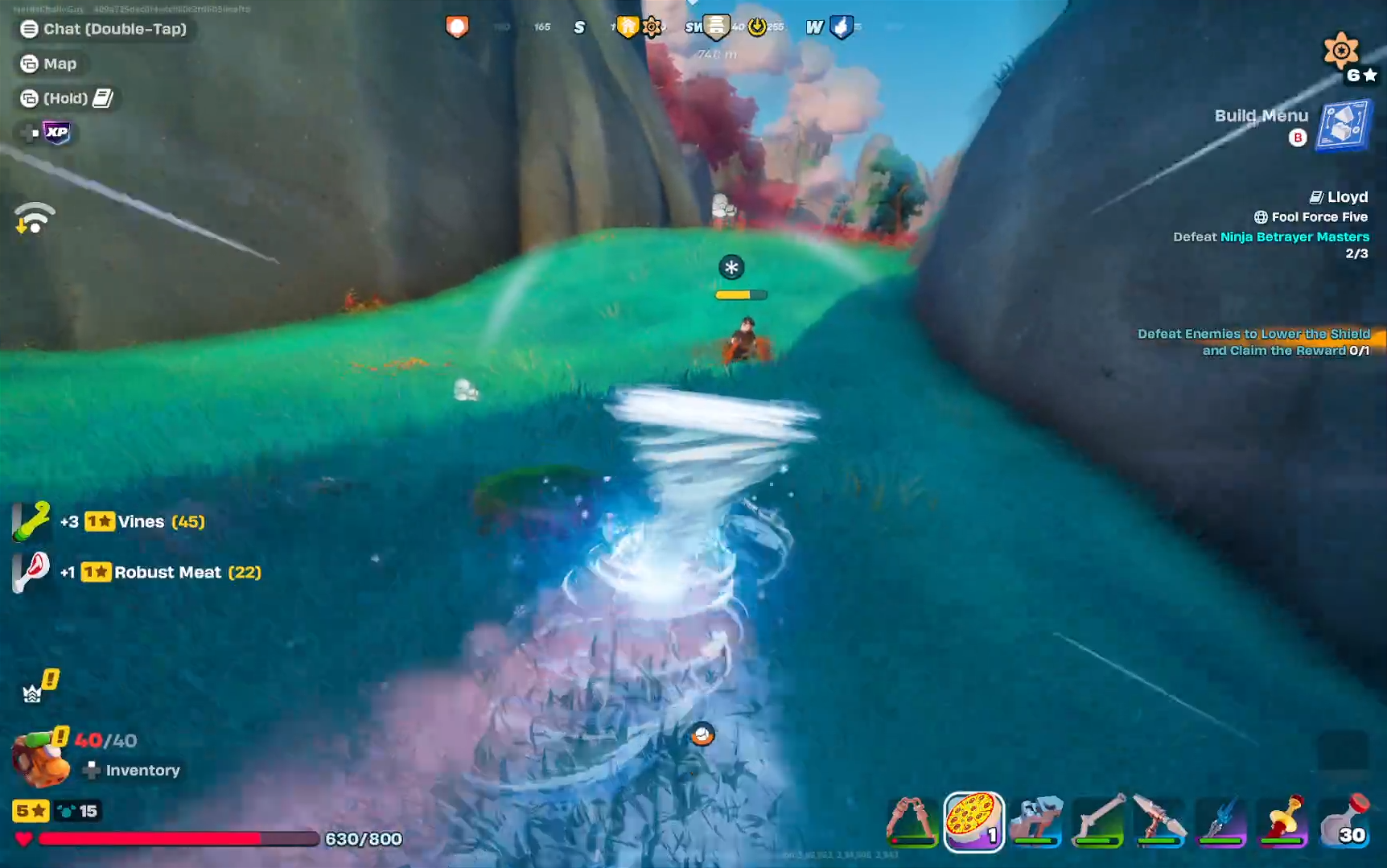The Android 4.2.1 update (build JOP40D) has been rolled out to both the Wi-Fi-only and 3G models of the Nexus 7 starting yesterday, bringing along changes such as adding the month of December in the People app, HID gamepad/joysticks support over Bluetooth, and some minor bug fixes, but if you’re still waiting on that update to arrive on your Nexus 7, don’t worry, it is available for downloading and installing manually.
We have the necessary steps required for installing the update detailed in the guide below. It is quite safe to manually update, and won’t do anything bad like voiding the warranty or delete any data (though you should back up important data just in case).
Keep in mind that you need to be on a completely unaltered stock ROM (no root allowed) and your Nexus 7 should be running on Android 4.2 build JOP40C, which you can confirm from the Settings » About tablet menu on the tablet.
Now that we have the formalities out of the way, let’s take a look at how the Android 4.2.1 update can be manually installed on the Nexus 7 Wi-Fi/3G models.
How to Install Android 4.2.1 Update on Nexus 7
- First, make sure you have the drivers installed for the tablet on the computer. Install the Android SDK from → here to install the drivers if you don’t already have them installed.
- Download the OTA update file for your Nexus 7 model.
- Nexus 7 Wi-Fi | Filename: 659e6288b87d.signed-nakasi-JOP40D-from-JOP40C.659e6288.zip
- Nexus 7 3G | Filename: 65880f56b1c0.signed-nakasig-JOP40D-from-JOP40C.65880f56.zip
- Download Fastboot, which includes the adb files needed for flashing the update.
Download Fastboot | Filename: Fastboot.zip - Extract the Fastboot.zip file on your computer to get a folder named Fastboot with four files inside it. To keep things easy, extract the Fastboot folder to drive C.
- Then, copy the update file downloaded in step 2 to this “Fastboot” folder you just obtained in step 4.
- Turn off the tablet, then boot it into stock recovery. To do so, first boot into the bootloader mode by holding down the Vol Down + Power buttons together till the screen turns on. Then, using the volume buttons, scroll till you see the “Start” text change to “Recovery mode”, then select it using the power button to boot into stock recovery.
- You will then see an Android with a red exclamation point. Now hold down the Power button then press the Volume Up key to see the recovery menu (or press the two buttons together if it doesn’t work).
- Select the apply update from adb option in recovery, by scrolling to it using the volume buttons and selecting it with the power button.
- Connect the tablet to the computer. Wait for the drivers to finish installing.
- On the computer, click on Start menu » All Programs » Accessories, right-click on Command Prompt and click on Run as administrator. If you are using Windows 8, this can be done by right-clicking on the extreme bottom left corner of the taskbar, then selecting “Command Prompt (admin)”.
- Now, perform the following steps in the command prompt to flash the Android 4.2 update:
- Navigate to the Fastboot folder which you obtained in step 4. For example, if the Fastboot folder is in drive C on your computer, enter cd C:Fastboot in command prompt (and press Enter) to navigate to the folder.
- Then, enter adb devices. If your Galaxy Nexus has been detected properly, you will see a device ID show up in command prompt. If nothing comes up, make sure you have installed the drivers (step 1).
- Finally, to flash the update, enter the following command:
adb sideload *filename* -> replace *filename* with the name of the update file, including the .zip at the end of the file name. - After you enter the above command, you will see the “sending: sideload” message in the command prompt, and once it reaches 100%, the update will start installing on your tablet.
- After the update finishes installing, select reboot system now on the tablet to reboot it and boot up into Android 4.2.1.
Android 4.2 is now installed on your Nexus 7. Do let us know if you notice any improvements or changes in it other than the mentioned above. Also, don’t forget to check out the Google Currents fix if you have lag issues on your Nexus 7.













Discussion